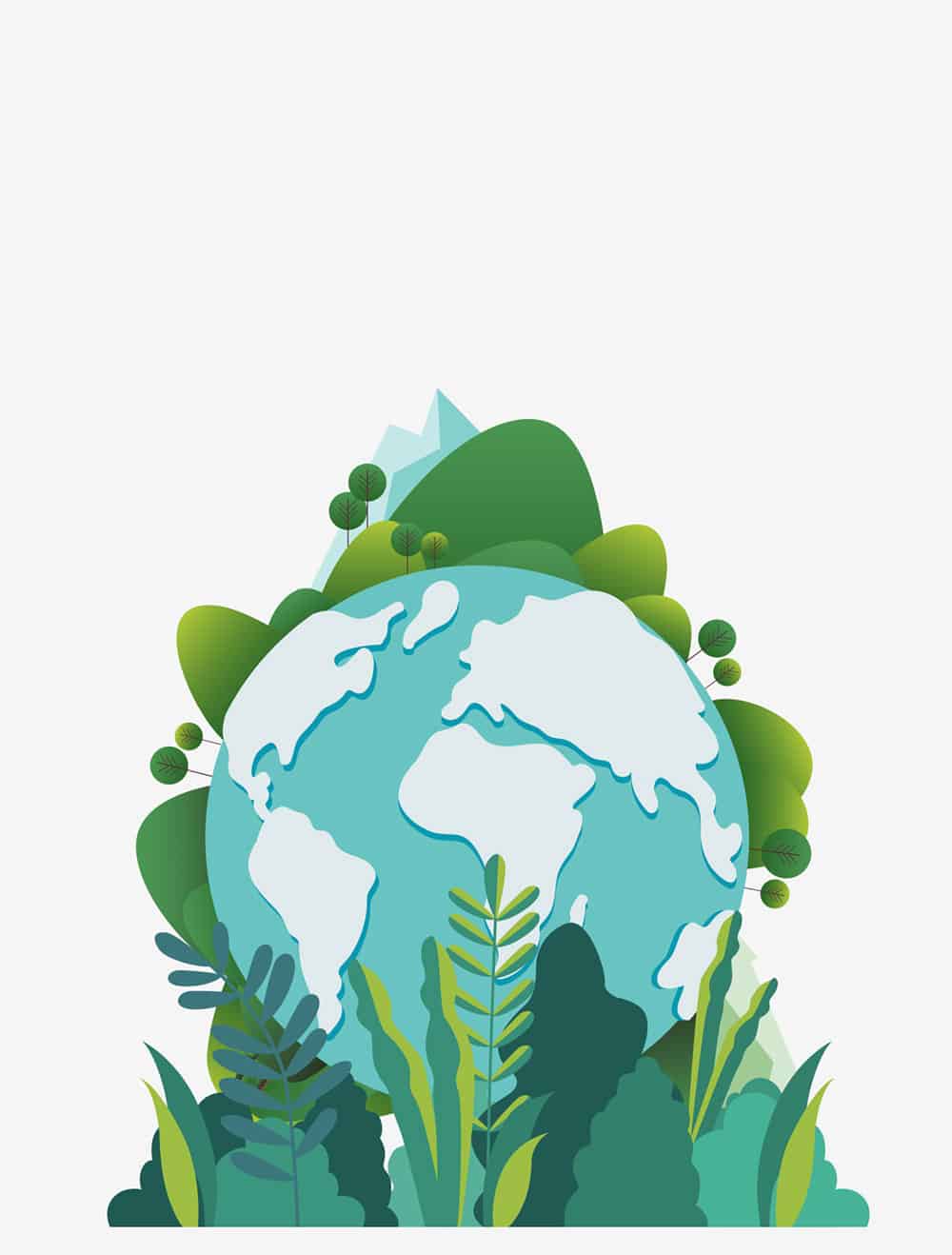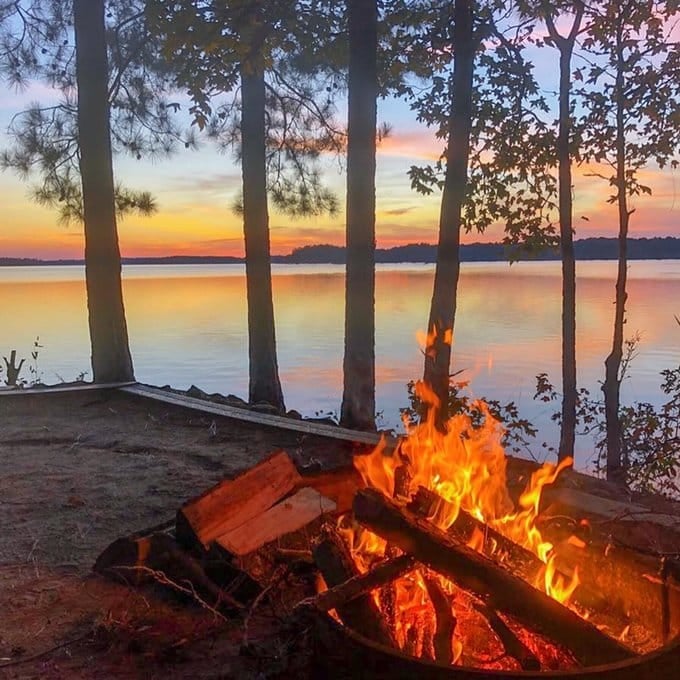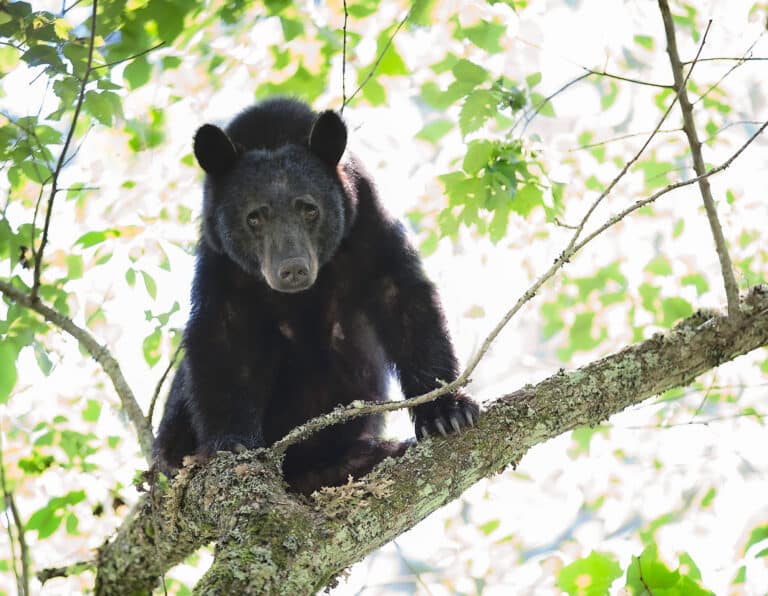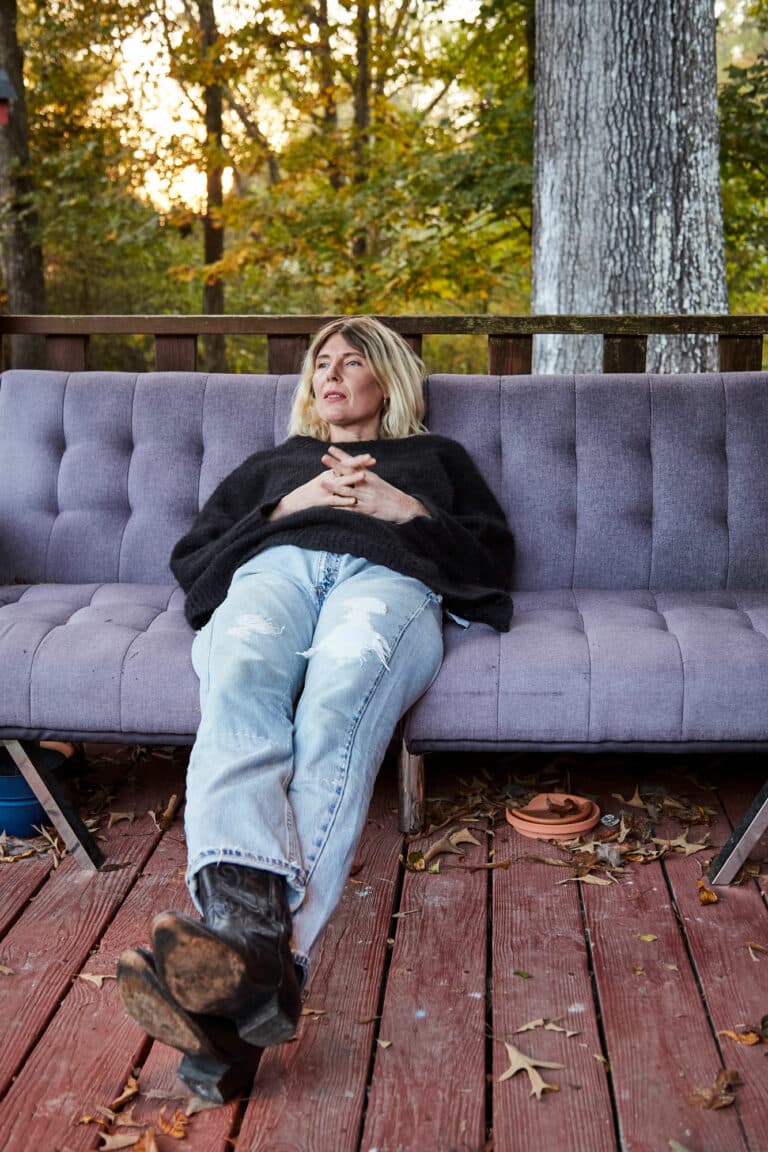The solution to both starts in the South.
We owe our existence to an asteroid. Had a six-mile-wide space rock not crashed into the Yucatan Peninsula 66 million years ago, dinosaurs would still dominate the planet, and mammals like us would still be small and scurrying underfoot.
The meteor impact triggered climate change, wildfires, and ocean acidification across the planet that annihilated three-quarters of all species. It was the most recent of five mass extinctions that have nearly wiped out life on Earth.
Today, we are in the midst of another extinction, and we are the asteroid. We have destroyed so much habitat globally that over one million animal and plant species are threatened with extinction, including half of all amphibians and turtles and a quarter of all birds and mammals.
Climate change is finally grabbing headlines, and deservedly so. But few people are talking about its existential twin: the extinction crisis.
It’s All About Us
Now more than ever, we live in a human-centered world. With our population approaching eight billion, humans are all that matter on this planet, it seems. We’ve even coined a new geologic epoch for ourselves: the Anthropocene.
So why should we care about other species in the Age of Humans? It’s sad to lose polar bears, but we don’t need them to survive. All we need are factory-farmed animals and our pets, and we’re good.
The problem is this: killing the species and systems that support us is suicide. Species make oxygen, medicine, food, and soil. If nothing else, we need species to clean up our mess by filtering the air we breathe and the water we drink. Economists estimate that the total value of ecosystem services that wild species provide us—for free—is around $145 trillion. That’s nearly twice as large as the global GDP.
We still have a lot to learn from the fellow species spinning on this tiny blue dot with us. Salamanders can regrow limbs and organs. Spider silk is stronger than steel. Rare plants have provided new cancer drugs and may provide the cure for the next pandemic.
But nature is more than a resource. And species aren’t just service providers. They are our distant relatives. They deserve at least a fighting chance to keep living.
23 and Me
Last month, 23 species were officially declared extinct by the U.S Fish and Wildlife Service. Species that had been on Earth for millions of years were gone forever, and it was completely because of us.
Every major media outlet covered the announcement, and for a few days, extinction was one of the top trending keyword searches on Google—ahead of Britney Spears, Tom Brady, and David Lee Roth.
Ten of the 23 extinct species announced were from the South, including eight freshwater mussels and the iconic ivory-billed woodpecker, which disappeared when its last Southern forests were cut.
The Southern U.S. is one of the most species-rich spots on the planet. Southern Appalachia is the salamander capital of the world, and the South is home to more freshwater fish and aquatic species than anywhere else on Earth.
It is also one of the most threatened. Southern forests are more heavily logged than the Amazon. The fossil fuel industry has polluted many of our rivers and streams, and runaway development has destroyed wildlife habitat faster than anywhere in the continent. Atlanta is the fastest sprawling city in the history of civilization.
There’s a lot at stake here.
And as the climate crisis worsens, more species are moving. Southern Appalachia is a critical corridor of protected public lands in the East and a global biodiversity hotspot. We can pillage it or protect it.
Two for One
The climate and extinction crises are inseparable. We can’t solve one without addressing the other. And the first and easiest solution to both crises are exactly the same: protect more forests.
Deforestation—primarily for agriculture and development—is the second largest contributor to climate emissions (behind burning fossil fuels), and it is the number-one killer of species.
Protecting more forests and wild habitat is the most critical species solution—and also the cheapest and easiest climate solution. It requires no expensive geoengineering or carbon sequestration technologies; nature does all the work for us—for free.
Of course, protecting more forests has added benefits, like more trails to hike and bike, cleaner rivers to paddle, and more sustainable rural economies. Recreation has become the country’s economic engine, larger than mining or agriculture.
More protected public spaces can alleviate crowded parks and provide outdoor access for all. Environmental justice in the South increasingly depends on protecting rural Black communities and their forests, which have been targets of the timber and biomass industries.
Better Together
Humans may be dominant like the dinosaurs, but we are already feeling our own meteoric impact. We are clearing 27 football fields of forests every minute. We will lose over one million species in the coming decades.
The solution is stunningly simple: protect more natural habitat. We can start right here in the South—home to rare flying squirrels, the most freshwater mussel species, the largest loggerhead sea turtle nesting site, the last right whale calving grounds, and red wolves—the most endangered wolves in the world.
If we really value diversity, can we extend its worth to the species keeping ours alive? E.O. Wilson proposed setting aside half of the Earth for other species. The United Nations is aiming for 30 x 30—safeguarding 30 percent of land and ocean by 2030. The Biden administration’s America the Beautiful Initiative proposes a similar target for the United States.
The lineages of life with whom we share this planet have survived numerous asteroids and supervolcanoes. They have endured ice ages and the breakup of continents.
We owe our lives to these survivors. Can we make space for them? It’s the biggest question that we aren’t really asking. And the answer will shape the future of life on Earth. They were here first. Without them, we won’t last.
What you can do: Take action right now to protect dozens of species across the Southeast—including the monarch butterflies, sea turtles, and wolves at biologicaldiversity.org/action/alerts.








